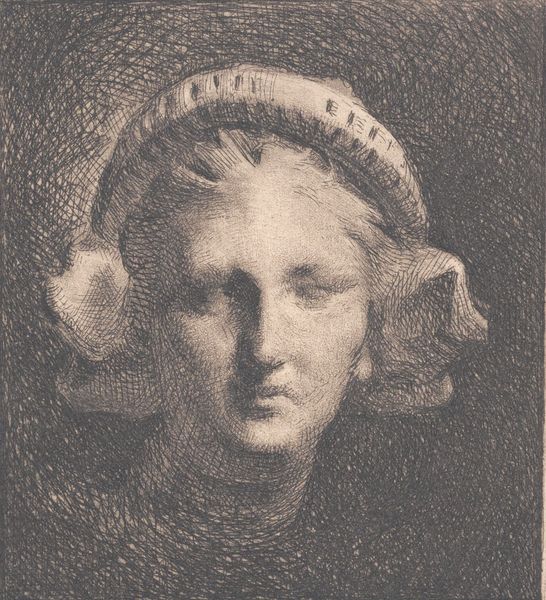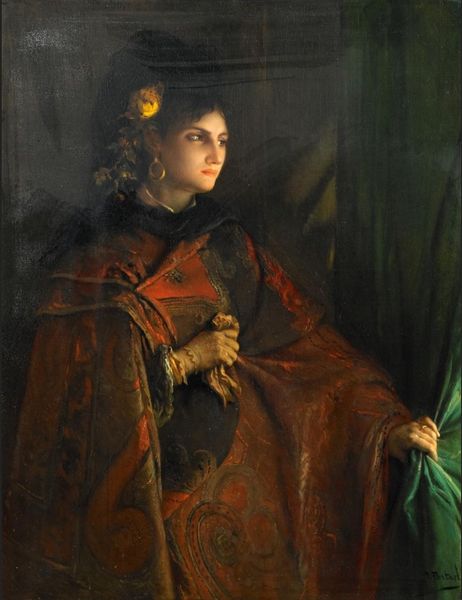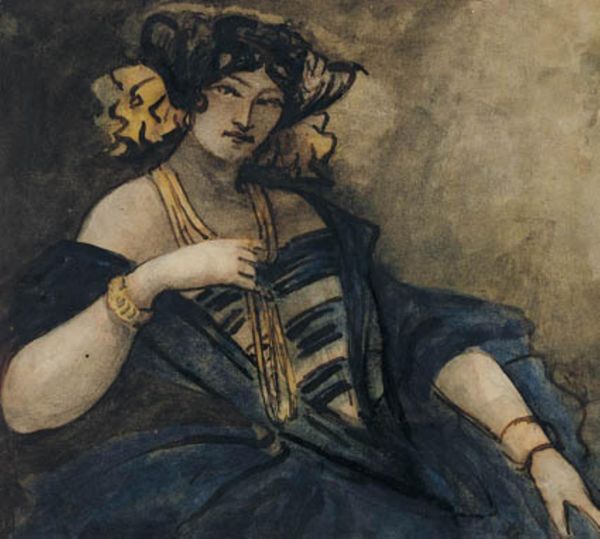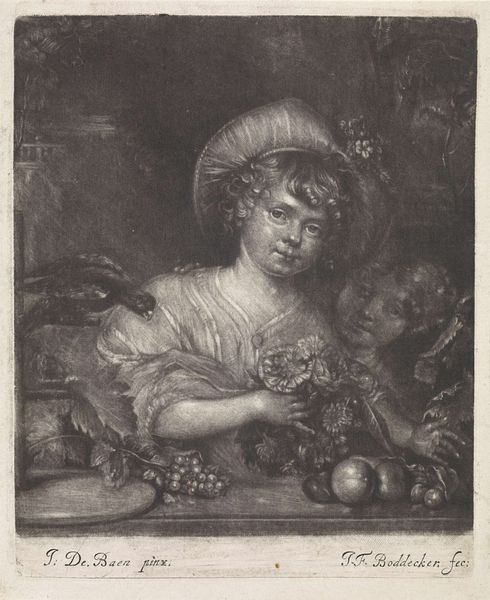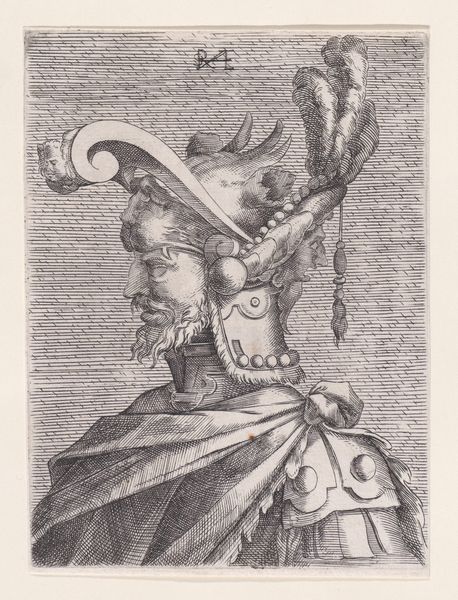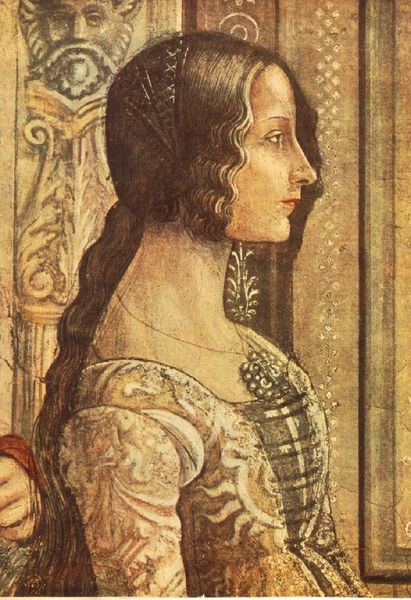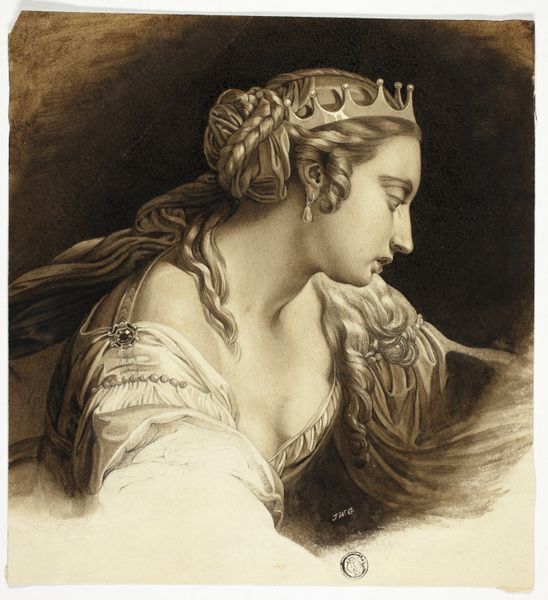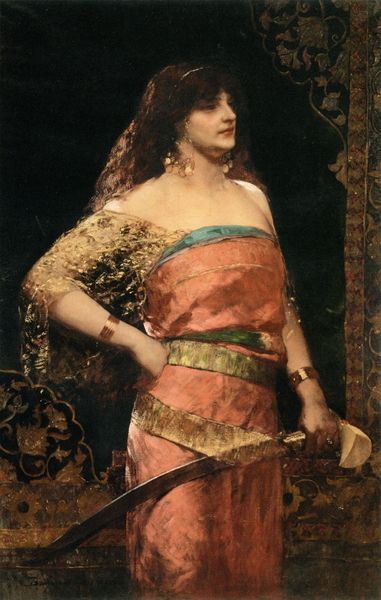
oil-paint
#
portrait
#
baroque
#
oil-paint
#
figuration
#
oil painting
#
history-painting
#
academic-art
Dimensions: 118 x 91 cm
Copyright: Public domain
Editor: Here we have Rembrandt van Rijn's "Alexander the Great", an oil painting from 1655. I'm struck by the muted palette, it creates a somber and almost reflective mood. What strikes you first when you look at it? Curator: My focus immediately shifts to the interplay of light and shadow. Observe how the light delicately touches the crest of the helmet, emphasizing its contours, and subsequently, how it creates an interplay of reflections upon the metal surfaces. Rembrandt uses light as a structuring element, drawing attention to certain forms while receding others into the darkness. Do you perceive a pattern of repetition that is not thematic or representative, but inherent in its materiality? Editor: I think I see what you mean; how the curves and reflective qualities of the helmet are mirrored in other elements? It’s like the light creates a language all its own. Curator: Precisely! Further contemplation reveals that Rembrandt eschews overt symbolism, or historical grandstanding. His attention to material substance directs our gaze instead towards his artistry itself. This allows the work to resonate not as historical fiction, but as a demonstration of artifice in rendering lifelike qualities. What sort of emotional impact does this structure engender for you? Editor: It makes it more immediate somehow. I was initially expecting a grand statement but now it seems much more about the act of painting itself and less about historical depiction. I appreciate you guiding me to view the work in this light; it has revealed layers of complexity that I wouldn't have noticed on my own. Curator: And, in turn, your initial response illuminates the way emotional impact works and suggests avenues to examine more subtle structures in artworks moving forward.
Comments
No comments
Be the first to comment and join the conversation on the ultimate creative platform.
